by Ilaria Baratta , published on 12/09/2017
Categories: Exhibition reviews
/ Disclaimer
Review of the exhibition 'Bruce Chatwin. The Journey Continues' in Castelnuovo Magra, Tower of the Castle of the Bishops of Luni, through October 8, 2017.
When one thinks of Bruce Chatwin, his novels immediately spring to mind, particularly the celebrated In Patagonia, his debut novel written in 1977, in which the author narrates the long journey he made three years earlier to Patagonia itself, through a kind of travelogue interwoven with life stories, myths, legends and anecdotes. But only his wife Elizabeth and a few others knew that, during his travels, Bruce loved to photograph; often, she would join him or leave with him for the less mundane, less touristy lands. And the strange thing was that he devoted himself to photography only and solely while traveling: never a souvenir photo with his family, never a photo taken at any ceremony.
He himself did not call himself a photographer or a professional traveler, he was a so-called writer: his great passion for photography and travel often led him to set off with his backpack designed by him on his shoulders, to impervious lands, and although in daily life he was a rather sophisticated person, when he was on the road, Bruce Chatwin adapted to all conditions. He camped with his camping tent once, in the company of Elizabeth, pitched his tent late at night, and the next morning found they were near a dump or in rooms shared with strangers.
Among his photos, now owned by his wife and kept at Oxford University, no self-portraits appear: Bruce did not like to photograph himself, nor did he like to portray family, friends and relatives. His shots depict unusual landscapes and people he encountered during his travels: very often his favorite subjects were nomads, groups of people with clothing and characteristics typical of their ethnicity. Long periods spent in Afghanistan, Africa, Russia, Peru, as well as Europe fueled his fascination with nomadism.
Reason for his travels was to get to know the people and their thoughts. Is it the people that fascinate you? Eventually, yes. It took me a very long time to discover that. Travel was a perpetual search, a constant hunt for a story or a group of characters. And the photographs he was constantly taking were a kind of visual notebook, where he jotted down the things that intrigued him and that he wanted to stick in his memory. Of course, his travels were inspiration for his novels; he said that writing was the painting of the voice, the more like it the better. Chatwin himself distinguished writers into two categories: the settled and the itinerant and added: There are those like me who are paralyzed by domicile, those for whom domicile is one with the proverbial writer’s block.
All these aspects of Bruce Chatwin’s life and great passions are very well summarized in the original exhibition that Castelnuovo Magra dedicates to him until Oct. 8, entitled Bruce Chatwin. The journey continues, with photos selected by Luciana Damiano and Elizabeth Chatwin. Original because he was not a photographer by profession; Chatwin is famous as a writer and getting to know him from this new point of view is an extraordinary experience, also because the images on display are totally unpublished and are all in black and white the one in Castelnuovo Magra is by far the first ever photographic exhibition of Bruce Chatwin in black and white.
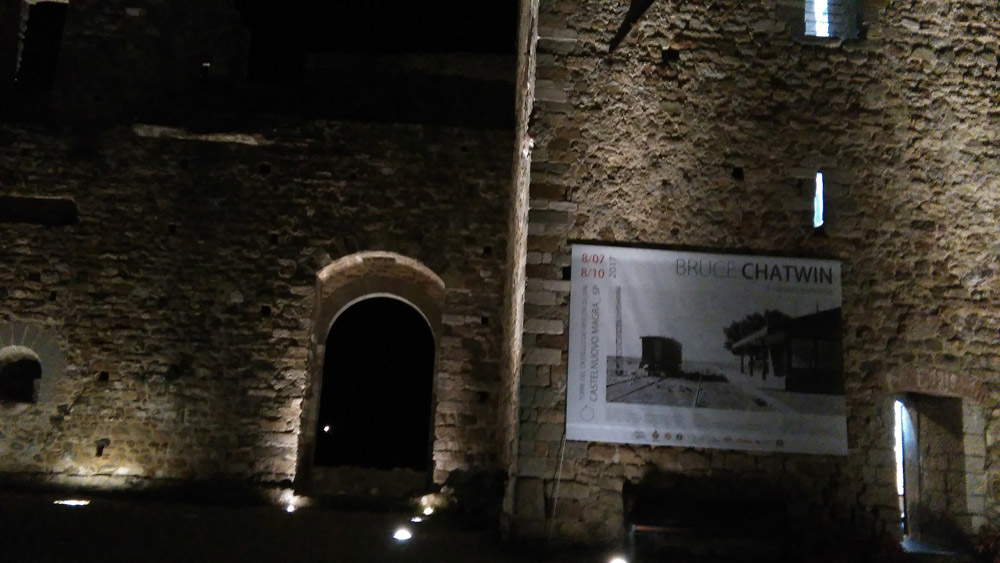 |
| Entrance to the Bruce Chatwin exhibition. The journey continues |
Each floor of the Tower of the Castle of the Bishops of Luni is dedicated to a different geographical area, the destination of his extensive travels: it begins with North Africa Egypt (1961) with mostly images of Ancient Egyptian buildings with tall columns, sphinxes and hieroglyphic inscriptions. Bruce had a great passion for archaeological finds and primitive art objects; in Luxor, while rummaging through a pile of debris, he found fragments of wood that later turned out to be the remains of a stool dating back three thousand years. Perhaps Egyptian civilization fascinated him because, according to this culture, journeys not made in earthly life were projected into the world beyond.
We proceed toAfghanistan, which was the destination of no fewer than three trips: between 1962 and 1963 with Robert Erskine, in 1964 with David Nash, and in 1969 in the company of his wife Elizabeth and Peter Levi.
Chatwin reachedAfghanistan to search for a particular type of chervil was also a great botany enthusiast or to follow the Silk Road together with Peter Levi. Recounted archaeologist Maurizio Tosi: LAfghanistan for Bruce was a literary journey. Levi and Bruce were going to look for the soul of these places. They were interested in archaeology but from an anthropological point of view. The shots in the exhibition present us with scenes of nomadism, of people indoors or outdoors wearing headdresses and clothing typical of the various ethnic groups.
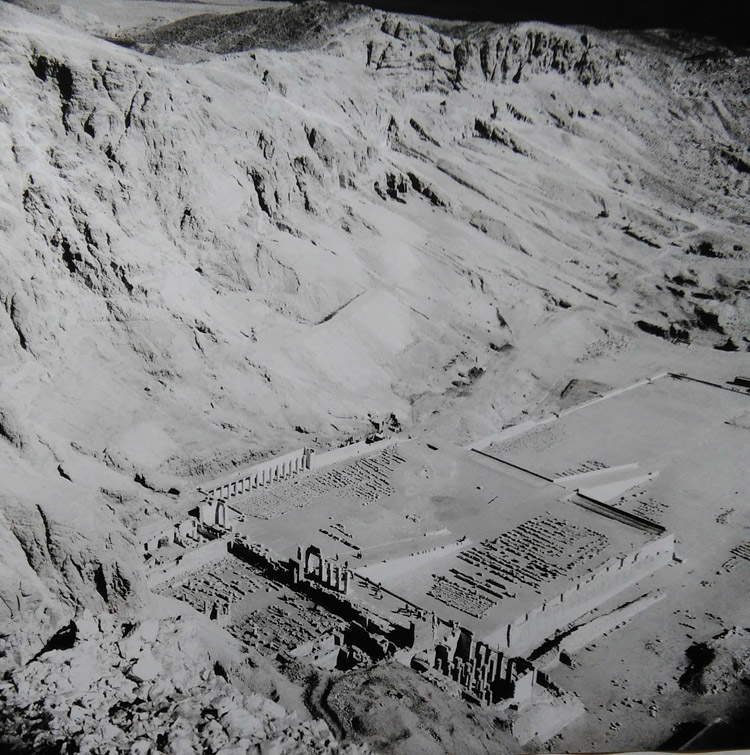 |
| Bruce Chatwin, photos from travels in North Africa and Egypt (1961) |
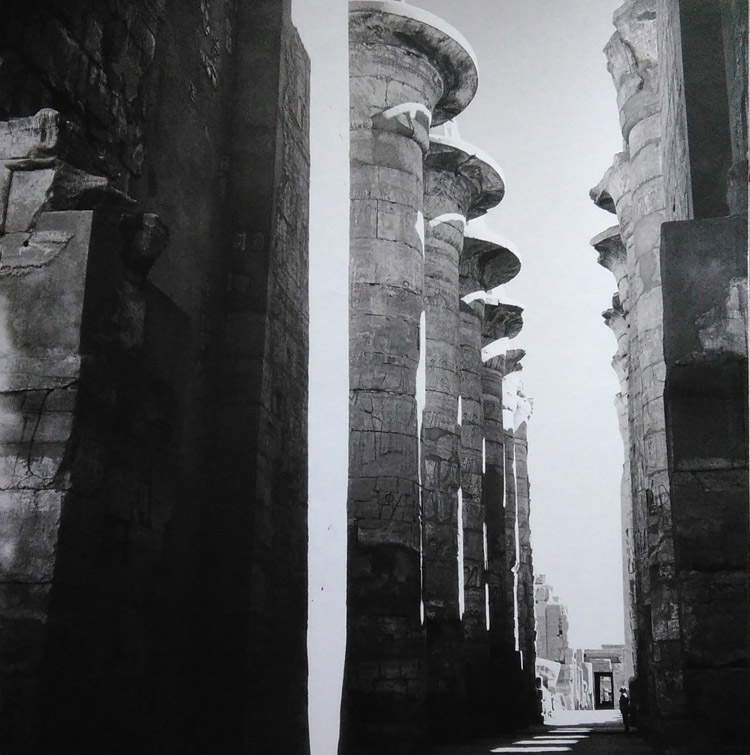 |
| Bruce Chatwin, photos from travels in North Africa and Egypt (1961) |
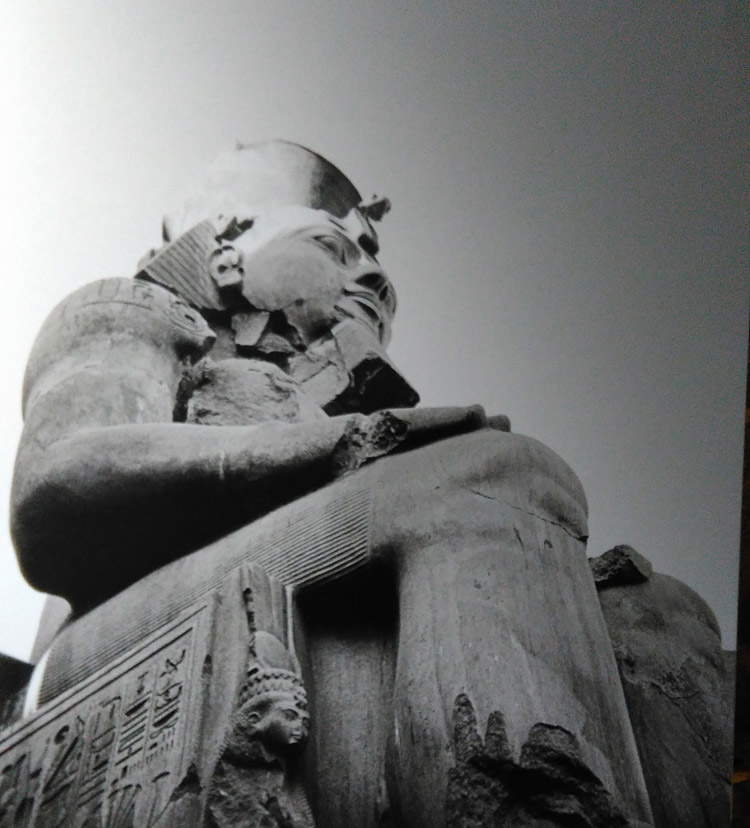 |
| Bruce Chatwin, photos from travels in North Africa and Egypt (1961) |
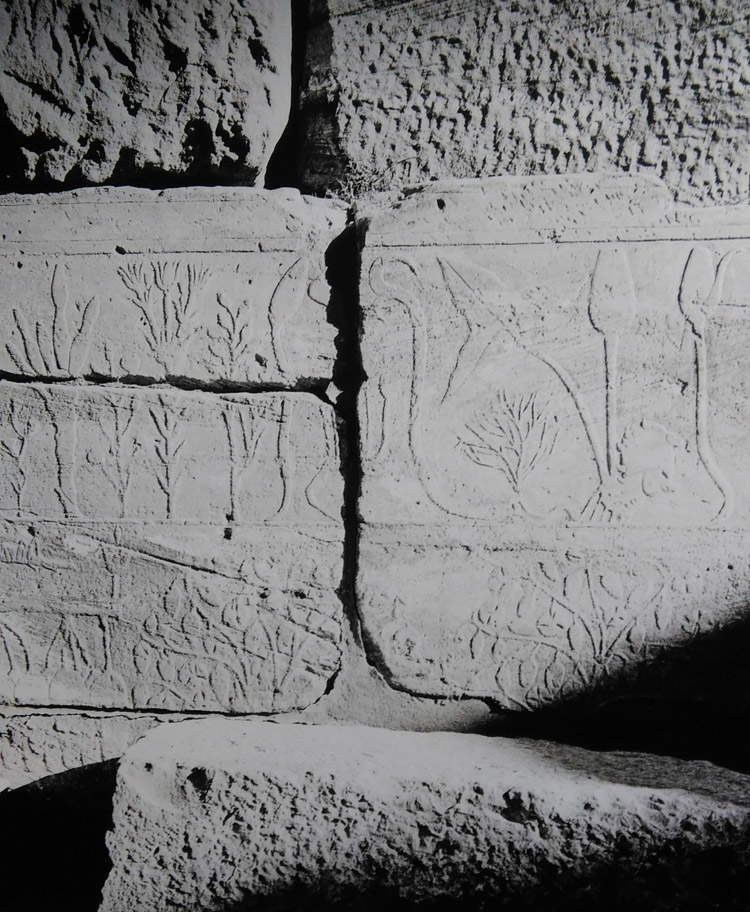 |
| Bruce Chatwin, photos from trips to North Africa and Egypt (1961) |
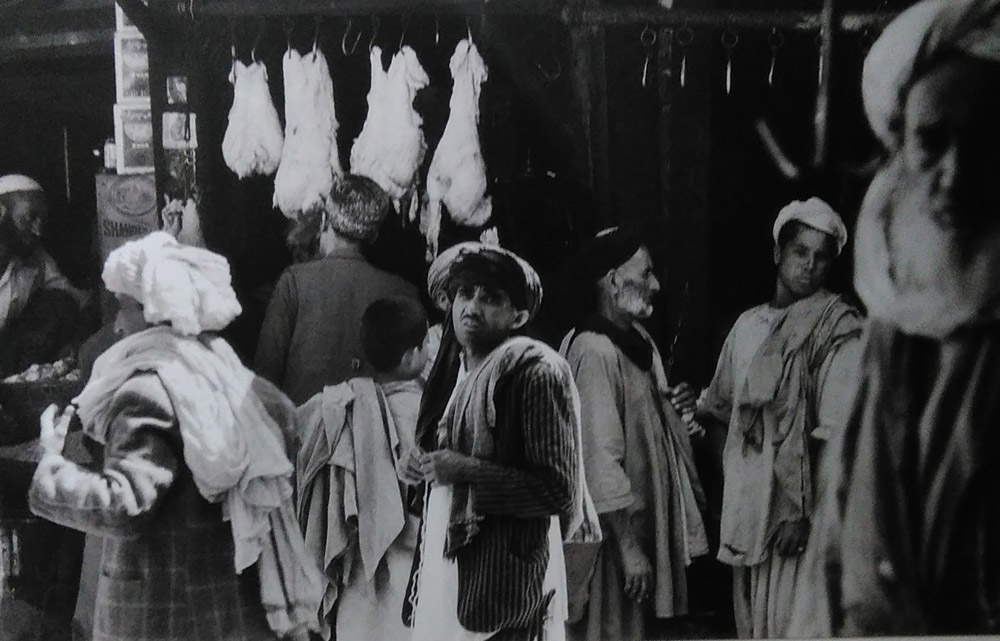 |
| Bruce Chatwin, photos from trips to Afghanistan (1962, 1963, 1964, 1969) |
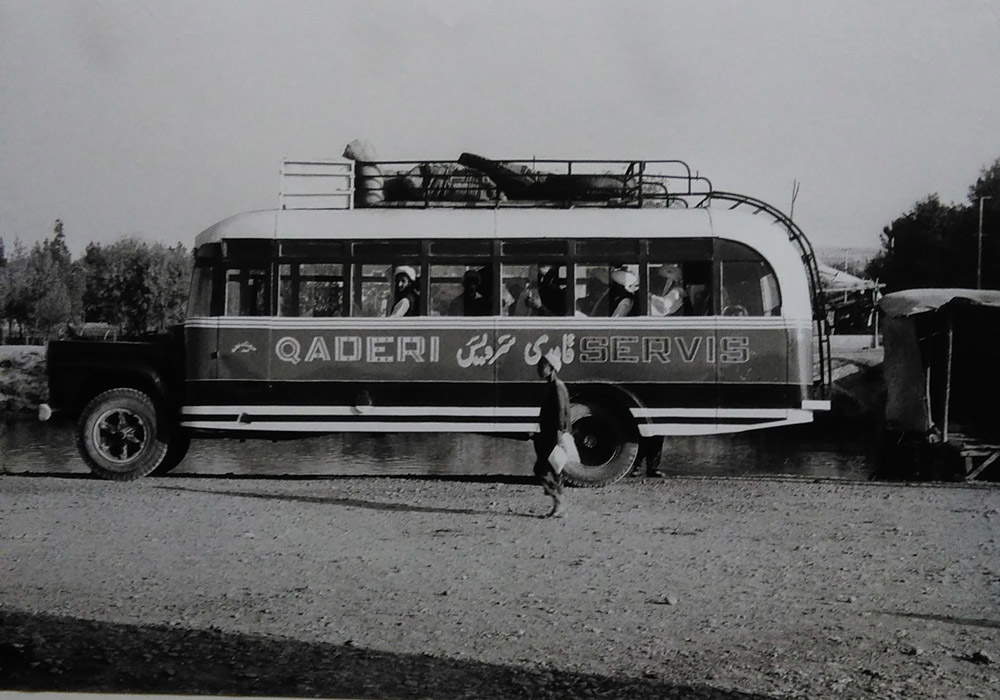 |
| Bruce Chatwin, photos from trips to Afghanistan (1962, 1963, 1964, 1969) |
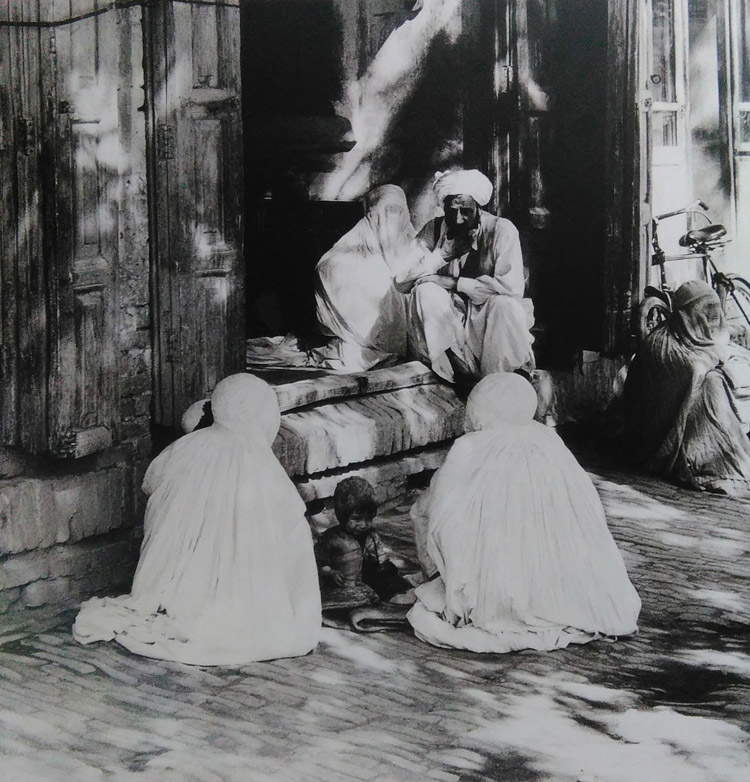 |
| Bruce Chatwin, photos from trips to Afghanistan (1962, 1963, 1964, 1969) |
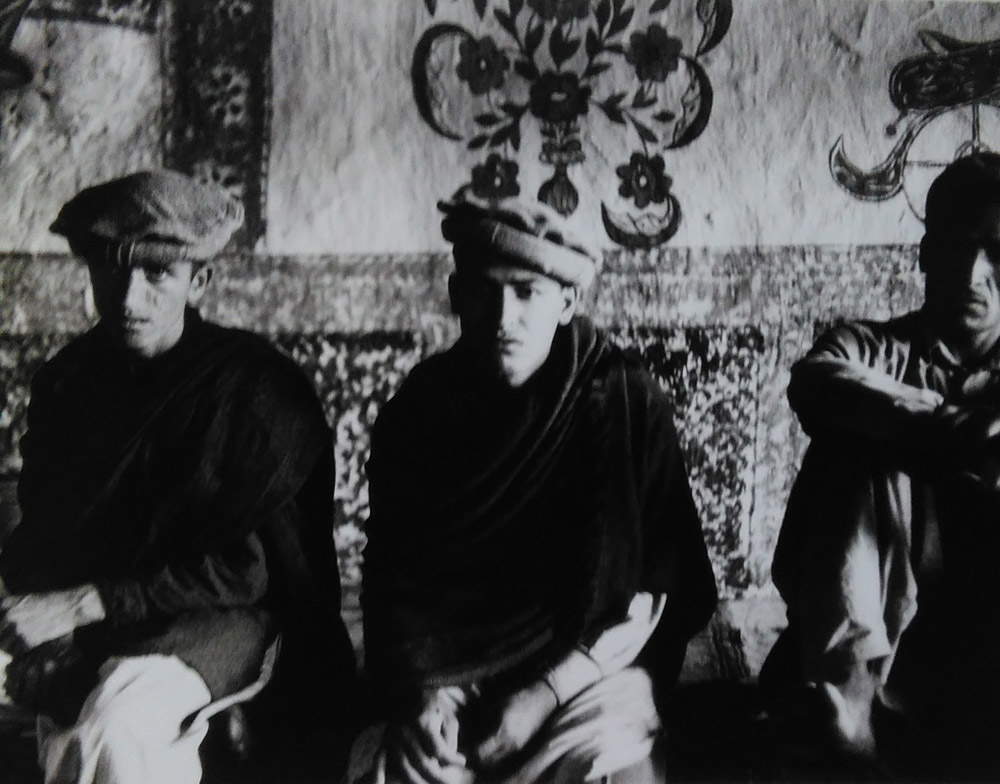 |
| Bruce Chatwin, photos from trips to Afghanistan (1962, 1963, 1964, 1969) |
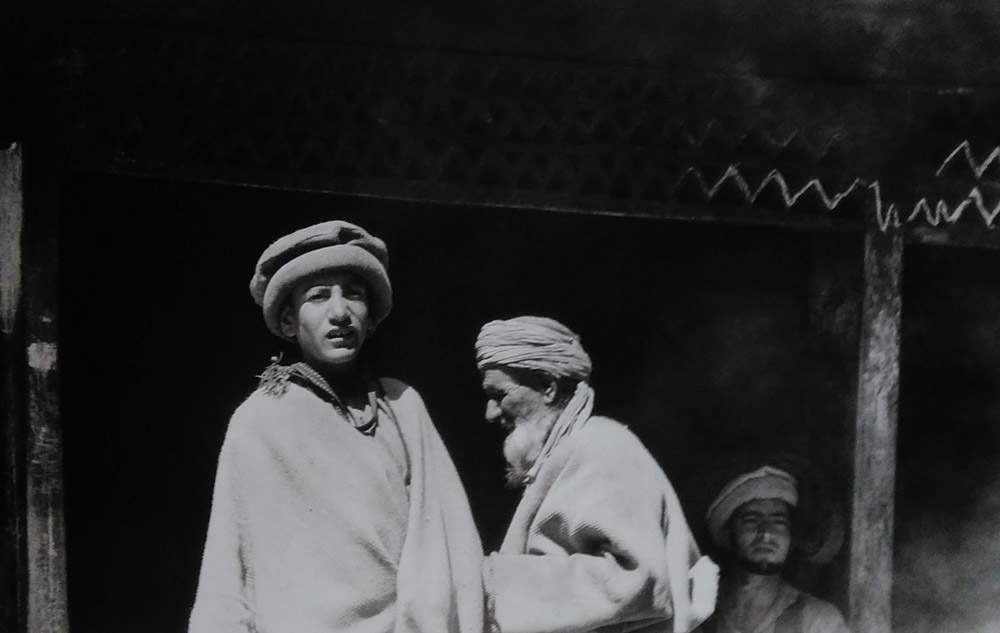 |
| Bruce Chatwin, photos from trips to Afghanistan (1962, 1963, 1964, 1969) |
Going up to the third floor of the Tower we encounter images of Africa with buildings with peculiar decorations, buildings with geometric shapes, men who are working with ropes tied around their ankles, and a boy wearing the image of Che Guevara around his neck.
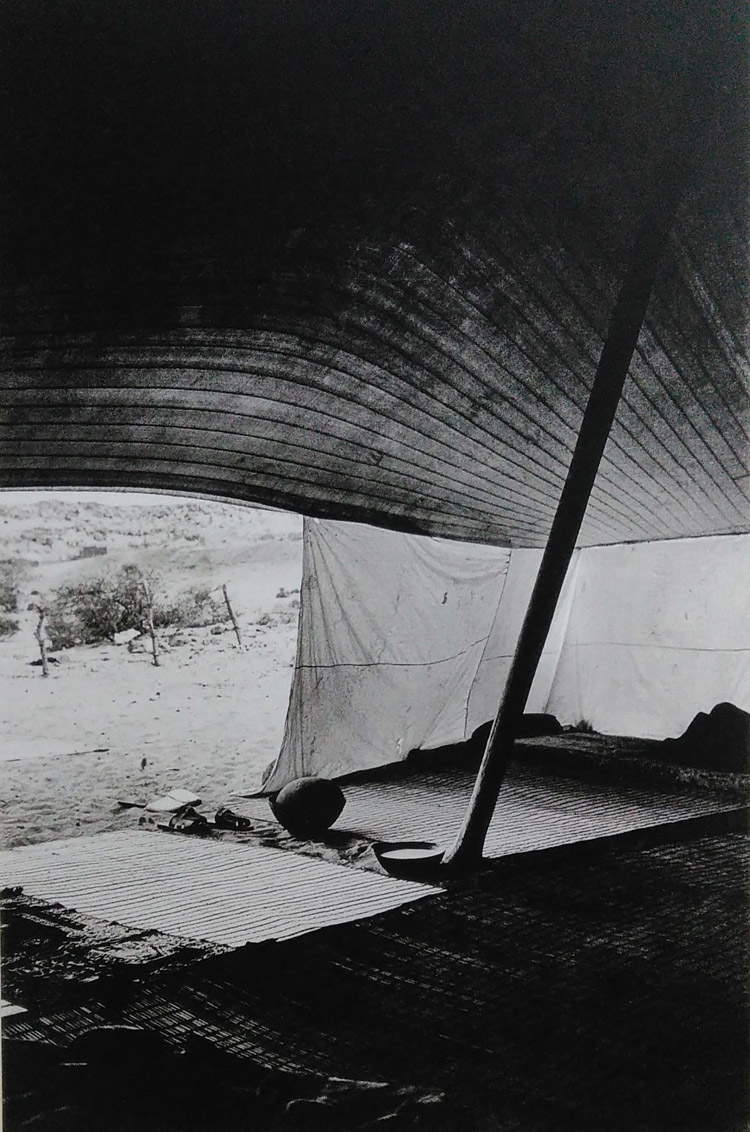 |
| Bruce Chatwin, photos from trips to Africa (1965, 1970, 1972, 1976) |
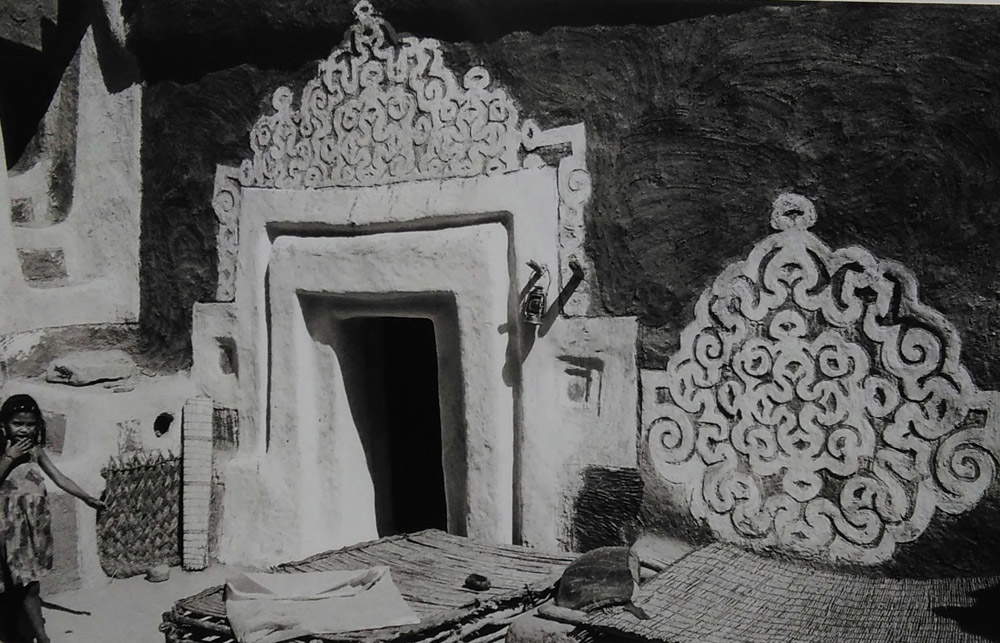 |
| Bruce Chatwin, photos from trips to Africa (1965, 1970, 1972, 1976) |
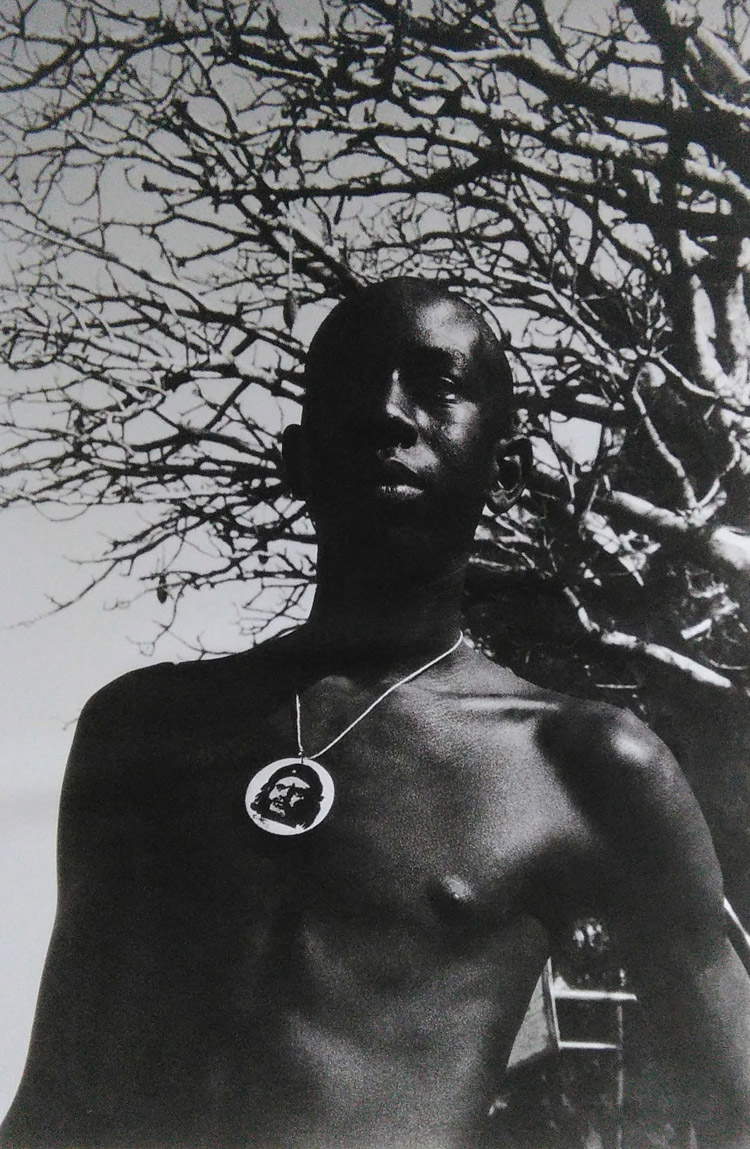 |
| Bruce Chatwin, photos from trips to Africa (1965, 1970, 1972, 1976) |
 |
| Bruce Chatwin, photos from trips to Africa (1965, 1970, 1972, 1976) |
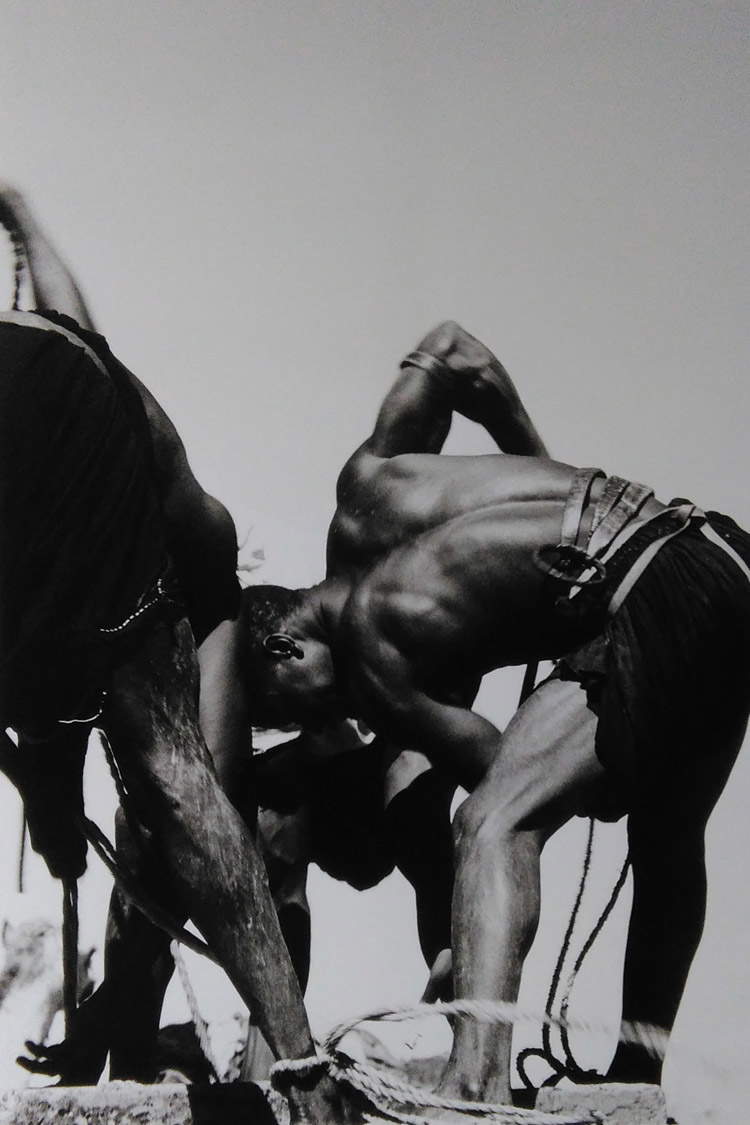 |
| Bruce Chatwin, photos from trips to Africa (1965, 1970, 1972, 1976) |
And here we come to his most famous trip, the one that gave inspiration for his first novel: Patagonia (1974-75). We admire a deserted station in the middle of a boundless plain, sheets of water surrounding abandoned-looking dwellings, expanses of low brambles, white hands painted on the walls of a cave.
We continue with China and Yunnan (1985-86): trees stand out in these photos depicting deserted interior spaces, boundless places, portholes from which the sea can be glimpsed, and a very special rocky islet on which a house has been built.
The top floor of the Tower houses Bruce’s backpack in the center of the room: a dark brown calfskin backpack that Chatwin had custom-made each pocket was the same size as the object it was meant to contain by a saddler. Around it all the novels he wrote and a video projection of aninterview he gave to tell his story.
We walk back through the entire exhibition, enhanced by texts from his books, letters and pieces dedicated to him. And in the meantime we think that Bruce Chatwin was truly an extraordinary person.
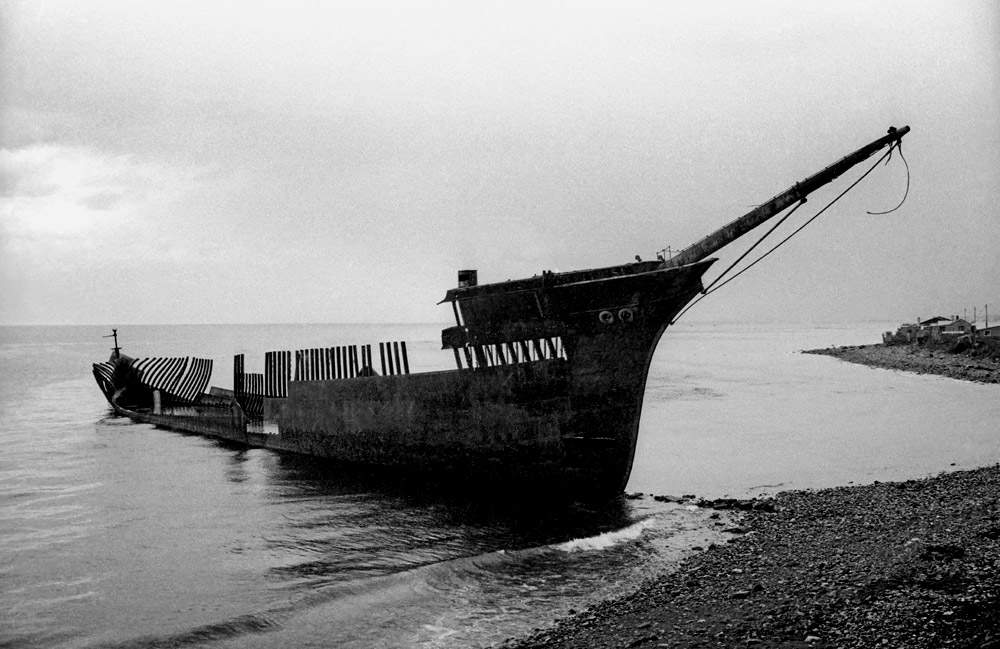 |
| Bruce Chatwin, photos from the trip to Patagonia (1974-1975) |
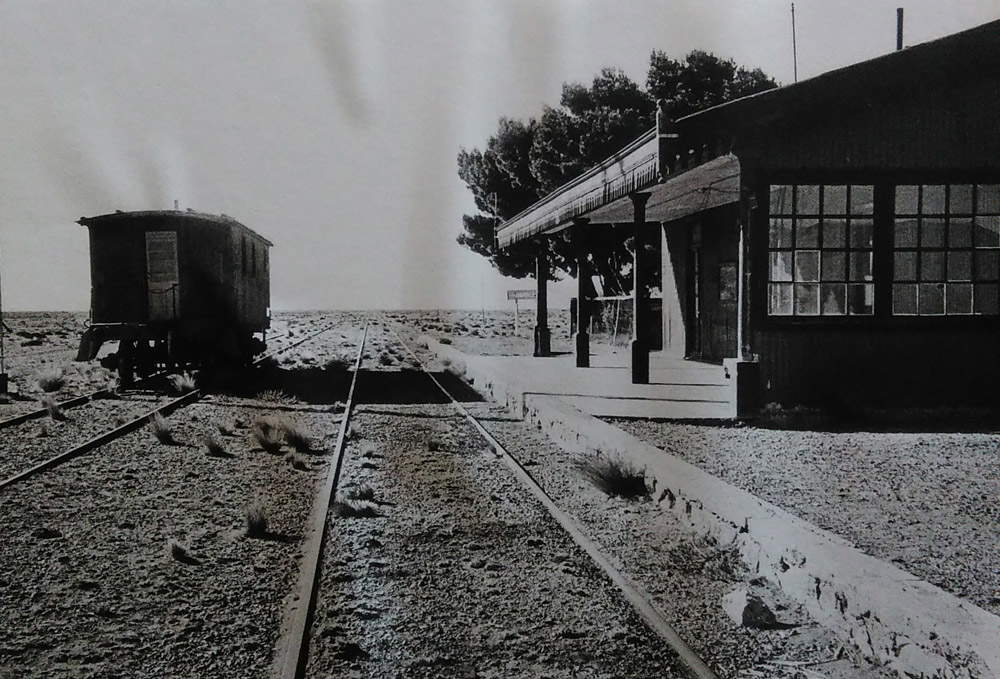 |
| Bruce Chatwin, photos from the trip to Patagonia (1974-1975) |
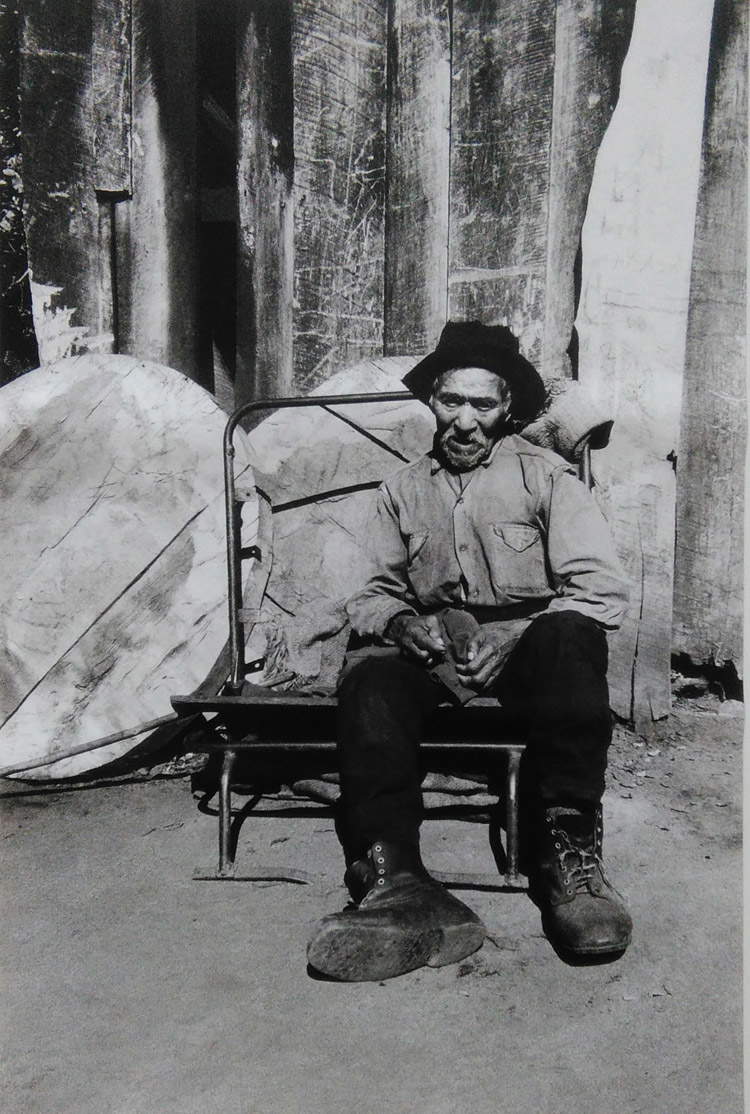 |
| Bruce Chatwin, photos from the trip to Patagonia (1974-1975) |
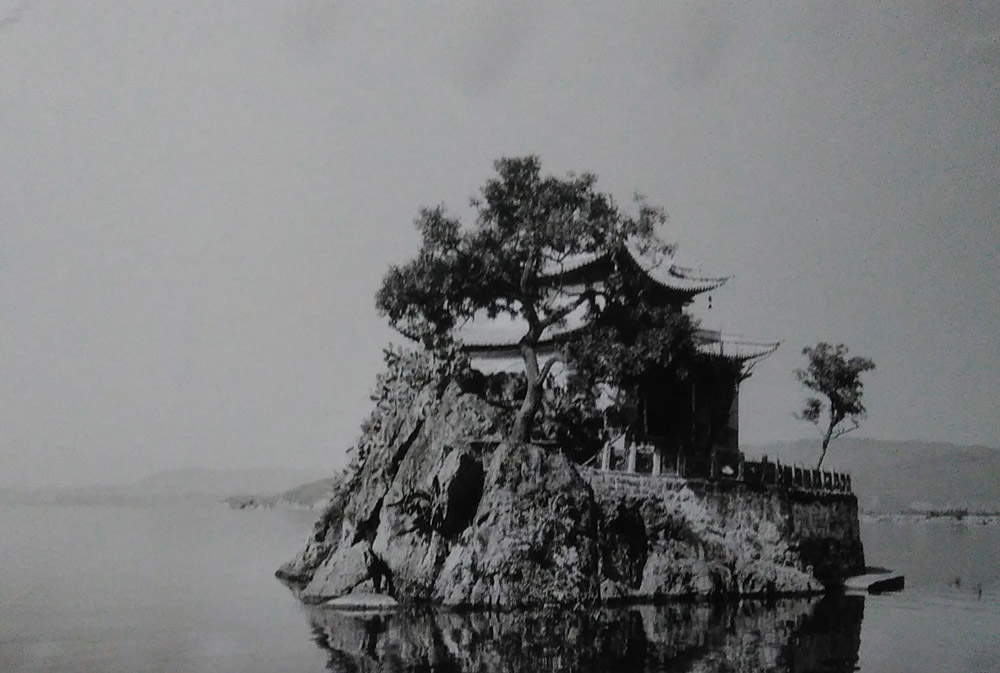 |
| Bruce Chatwin, photos from trips to China and Yunnan (1985-1986) |
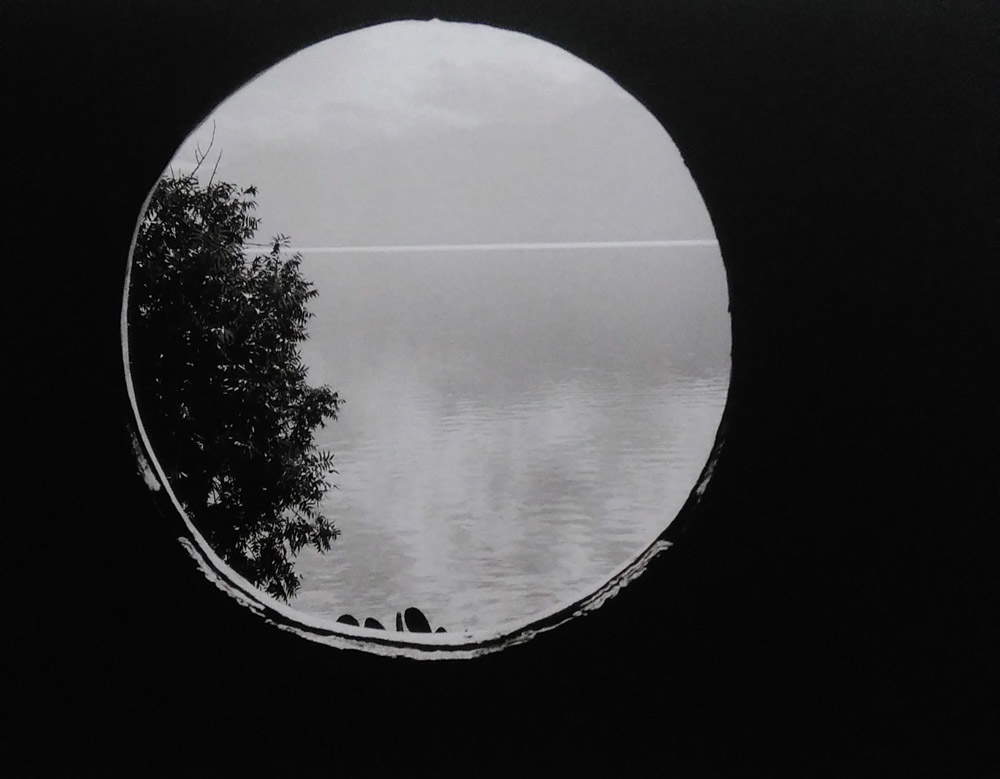 |
| Bruce Chatwin, photos from trips to China and Yunnan (1985-1986) |
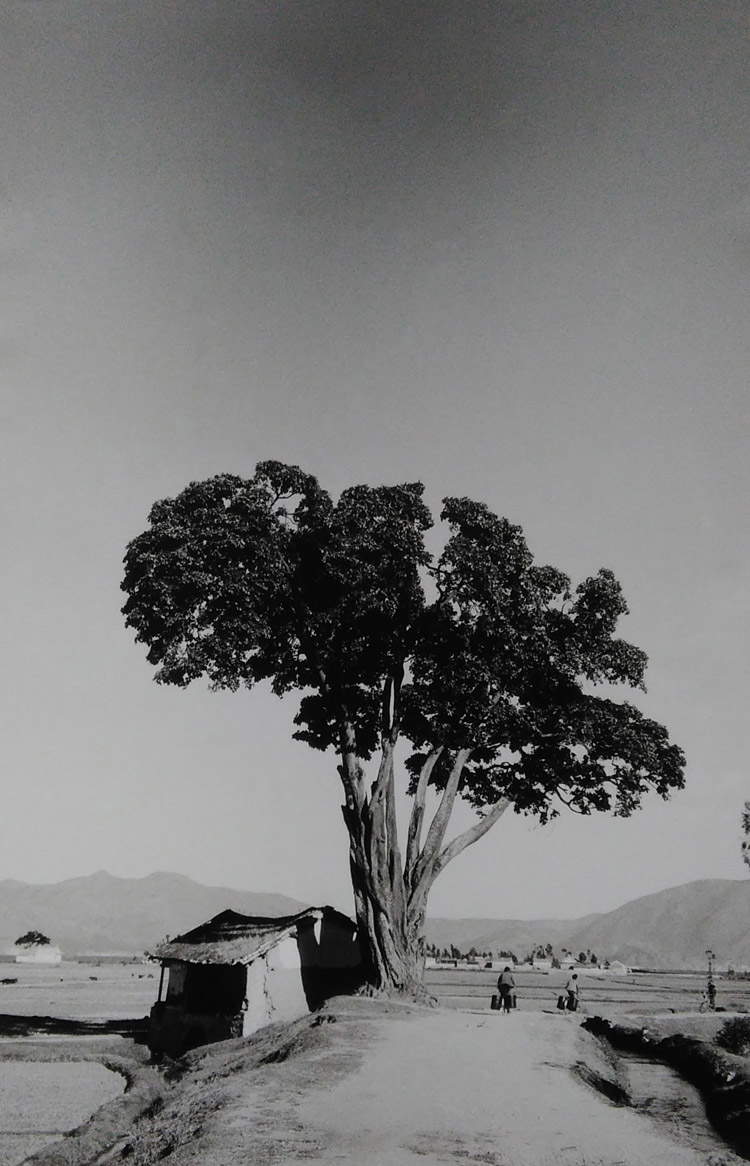 |
| Bruce Chatwin, photos from trips to China and Yunnan (1985-1986) |
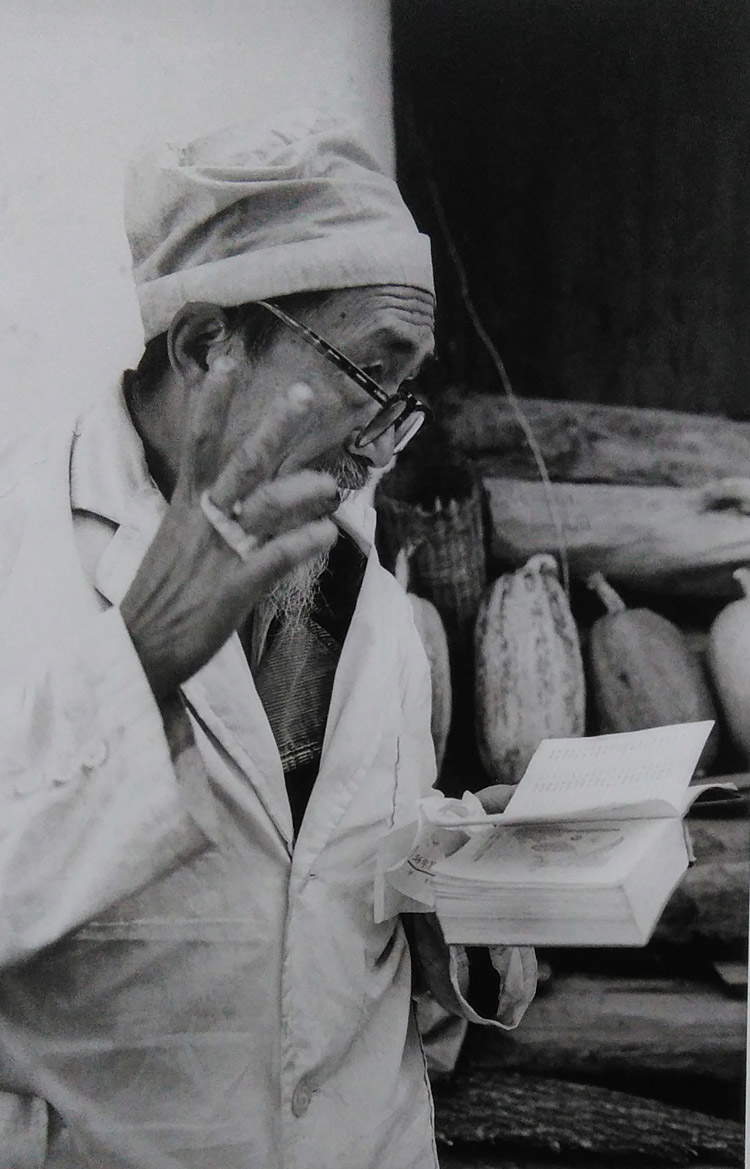 |
| Bruce Chatwin, photos from trips to China and Yunnan (1985-1986) |
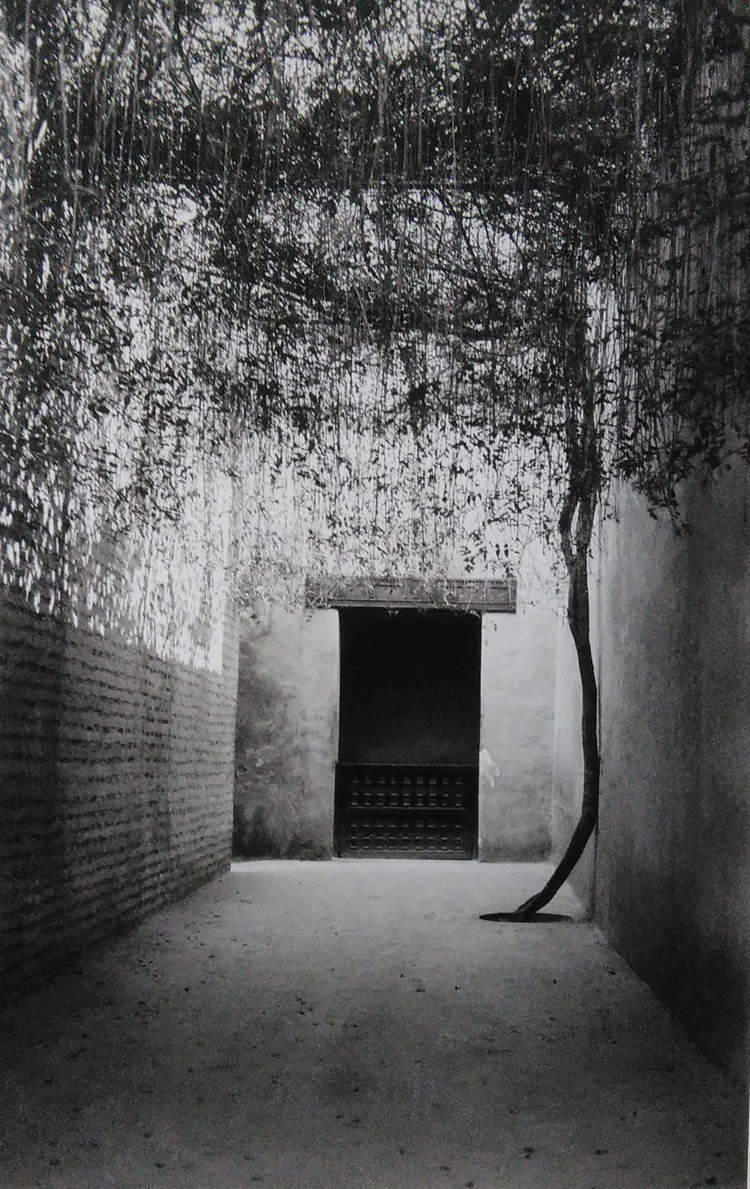 |
| Bruce Chatwin, photos from trips to China and Yunnan (1985-1986) |
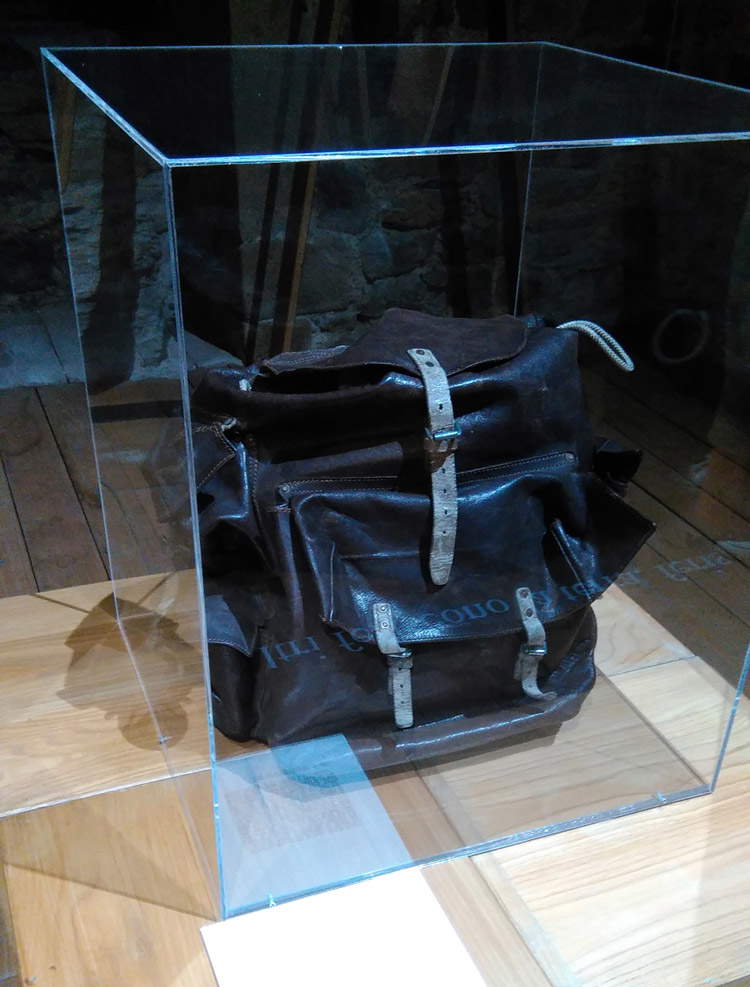 |
| Bruce Chatwin’s backpack |
Warning: the translation into English of the original Italian article was created using automatic tools.
We undertake to review all articles, but we do not guarantee the total absence of inaccuracies in the translation due to the program. You can
find the original by clicking on the ITA button. If you find any mistake,please contact us.




















































